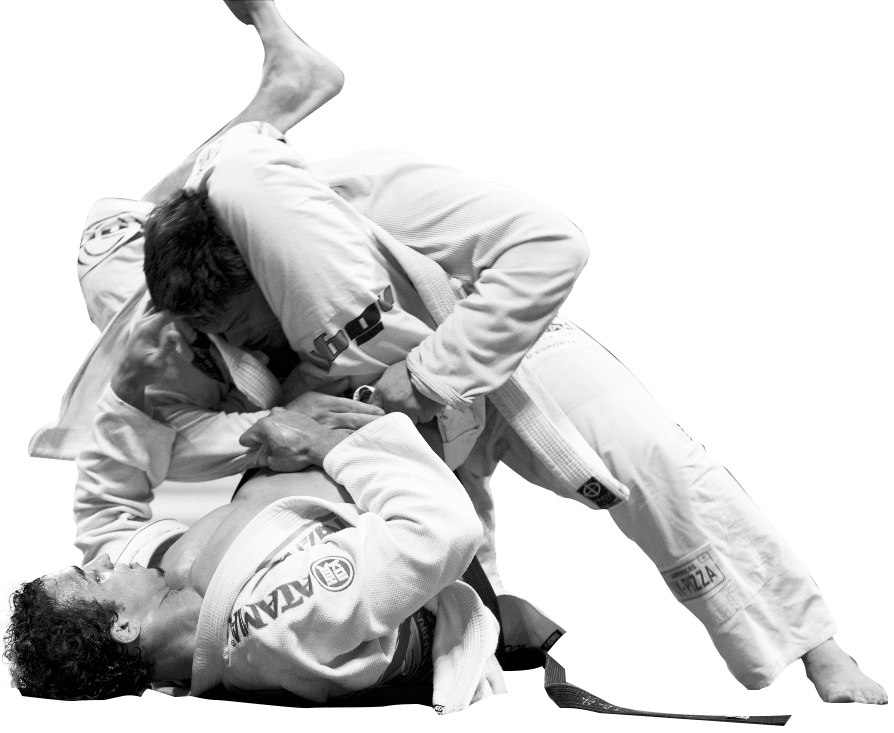
Escaping from a pin in Brazilian Jiu-Jitsu (BJJ) is a critical skill that every practitioner must master. Whether you’re a beginner or a seasoned grappler, understanding and executing effective pin escapes can mean the difference between losing and regaining control in a match. Pin escapes can be broken down into three stages: prevention, creating space, and executing the escape. Each stage requires a combination of technique, timing, and awareness.
1. Prevention: Framing and Positioning
The first stage of a successful pin escape begins long before you’re fully pinned. Prevention is about anticipating your opponent’s movements and positioning yourself to avoid being pinned or at least minimize the effectiveness of the pin. Proper framing and positioning are essential during this stage.
- Framing: Use your arms and legs to create a structure that prevents your opponent from completely closing the distance. For instance, when you feel your opponent attempting to secure side control, you can use your arms to frame against their neck and hips. This not only creates space but also disrupts their control.
- Positioning: Keep your elbows close to your body and avoid letting them flare out, as this can lead to a tighter pin. Additionally, positioning your body at an angle rather than flat on your back can make it more difficult for your opponent to apply pressure effectively.
By focusing on prevention, you make it more challenging for your opponent to secure a dominant position, thereby increasing your chances of escaping before the pin is fully established.
2. Creating Space: Bridging and Shrimping
If your opponent manages to secure a pin, the next stage involves creating space between you and your opponent. This is where the concepts of bridging and shrimping come into play.
- Bridging: Bridging is a powerful movement that involves driving your hips up towards the ceiling to unbalance your opponent. This movement can create the initial space you need to begin your escape. A well-timed bridge can force your opponent to adjust their position, making it easier for you to transition into the next part of your escape.
- Shrimping: Shrimping, or the hip escape, is another fundamental movement used to create space. After bridging, you can use shrimping to move your hips away from your opponent, increasing the distance between you and them. This movement is crucial for creating the space needed to bring your legs into play, allowing you to recover guard or move to a more favorable position.
By effectively combining bridging and shrimping, you can create the necessary space to weaken your opponent’s control and prepare for the final stage of the escape.
3. Executing the Escape: Reversals and Guard Recovery
The final stage of a pin escape is executing the actual escape technique, which often involves either a reversal or recovering guard.
- Reversals: In some situations, especially after a successful bridge, you can execute a reversal, where you transition from being on the bottom to gaining a dominant position on top. For example, if you’re pinned in side control and manage to bridge effectively, you can use the momentum to roll your opponent over and secure the top position.
- Guard Recovery: If a reversal isn’t possible, your next best option is to recover your guard. After creating space through shrimping, you can bring one or both legs between you and your opponent, re-establishing guard. Once you have your guard back, you regain control and can start working on sweeps or submissions.
Executing the escape requires precision and timing, as well as an understanding of your opponent’s movements and reactions. Whether you opt for a reversal or guard recovery, the key is to capitalize on the space you’ve created and regain control of the match.
Conclusion
Mastering pin escapes in Brazilian Jiu-Jitsu involves a deep understanding of the three stages: prevention, creating space, and executing the escape. By focusing on these stages and drilling the associated techniques, you can significantly improve your ability to escape from difficult positions and turn the tide in your favor during a match. Remember, successful escapes require not just technical skill but also mental toughness and persistence. Keep practicing, stay calm under pressure, and soon enough, escaping pins will become second nature.
To read other Blog articles 📖 that I have published. Simply click 🖱️on this URL Annapolis Jiu Jitsu Blog Articles.
If you want to take your grappling performance 💪 to the next level. Check out A1Grappler. Our specific line of Grappling 💊Nutritional Supplements, designed by Grapplers for Grapplers🥋🤼♀️ .
Interested in Brazilian Jiu Jitsu. Start in Annapolis’ premier Jiu Jitsu Academy. Our instructor staff consists of Brazilian National Champions, Pan American World Champion Masters World Champions and North American Grappling Champions. It gets NO better than Team Randori. Click HERE TO START.
Professor Al Hogan is a recent inductee in the U.S. Martial Arts Hall of Fame (2024) and a two time IBJJF Masters World Champion and Pan American Champion. He is renowned for his expertise in Brazilian Jiu Jitsu and Defensive Tactics Instruction, catering to the Jiu Jitsu enthusiast, law enforcement, military and security personnel.
👊 If you’re ready to amplify your Jiu Jitsu journey under Professor Al's tutelage, we offer you a complementary 1 Week Free Membership in our academy.


